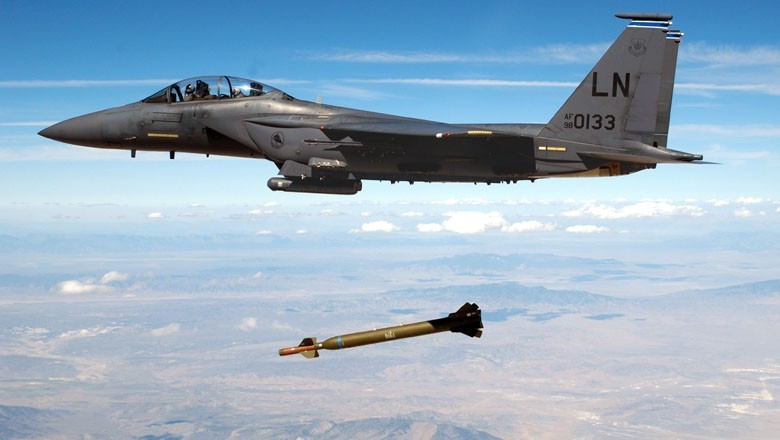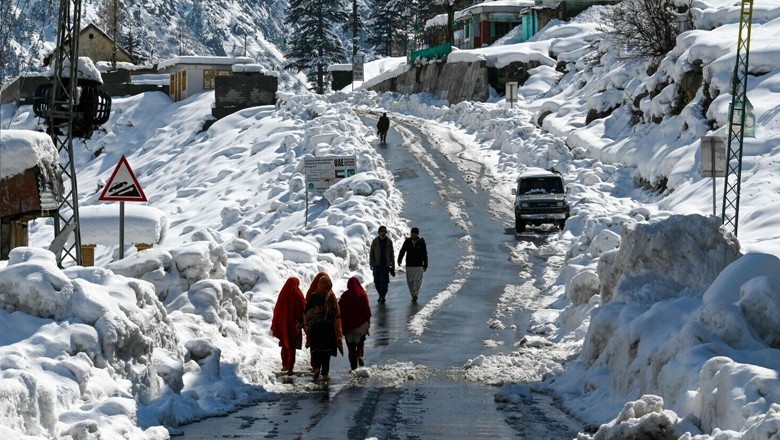What are bunker busters that were used to target Hezbollah chief Nasrallah?

Web Desk
|
28 Sep 2024
Iranian Foreign Minister Abbas Araqchi has accused Israel of using US-made "bunker buster" bombs to target Hezbollah leader Hassan Nasrallah in Beirut on Friday.
Bunker buster bombs are specialised weapons developed by the US military to penetrate and destroy heavily fortified or deeply buried structures.
These bombs are designed to target military bunkers, underground facilities, and hardened sites that conventional munitions cannot destroy.
Over the years, bunker busters have become essential tools in modern warfare, enabling military forces to neutralise critical enemy infrastructure.
When was Bunker Buster developed?
The GBU-28 was developed in 1991 during the Gulf War to destroy reinforced Iraqi military bunkers. It weighs approximately 5,000 pounds and is equipped with a laser guidance system, allowing for precise strikes on specific targets. The bomb's casing is made from surplus artillery barrels, giving it the strength to penetrate concrete or earth before detonating.
The GBU-37 is another precision-guided bunker-buster bomb designed to target underground military facilities.
Penetration Capabilities
The primary strength of bunker-buster bombs lies in their ability to penetrate layers of soil, rock, or reinforced concrete. The bombs’ casings are engineered from ultra-strong materials, allowing them to withstand significant impact before detonating deep inside a target.
To ensure precise targeting, many bunker busters are equipped with advanced laser-guided or GPS-guided technology. These systems reduce the risk of collateral damage and increase the likelihood of successfully striking key underground or fortified sites.
Bunker busters come with delayed fuses, which allow the bomb to explode only after it has penetrated its target. This ensures maximum damage to underground facilities, such as command centres or weapons storage depots.
Strategic Importance
Bunker buster bombs have become vital tools in modern warfare, offering military forces the ability to neutralise highly secure and fortified enemy installations.
Their ability to penetrate deeply buried sites, combined with precision guidance systems, makes them essential for taking out critical infrastructure such as command centres, missile silos, and underground weapons depots.












Comments
0 comment